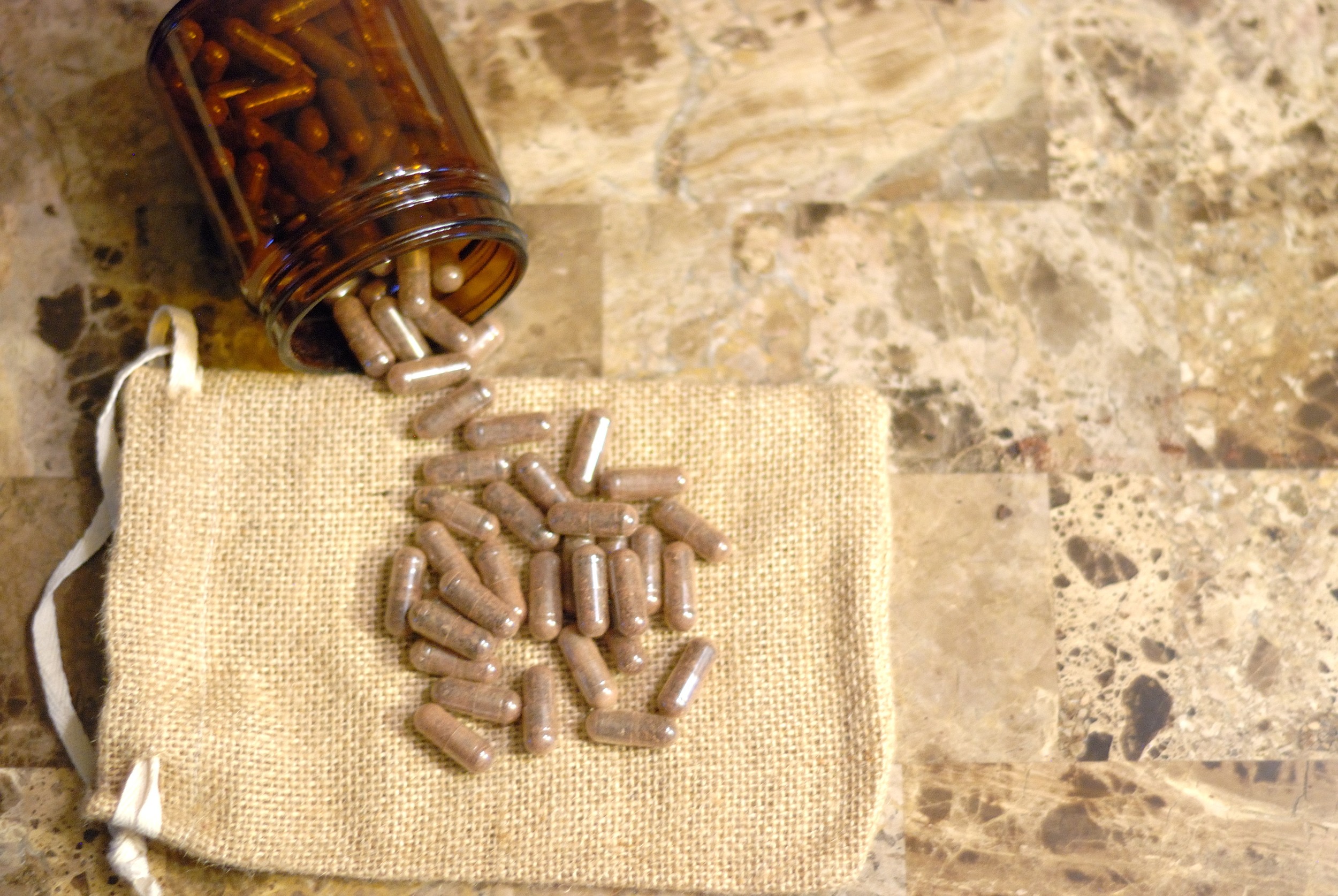Any woman who has looked into the art of placentophagy (consuming her placenta) has probably read or been told that the practice yields such pleasant-sounding benefits as improved mood, better sleep, increased bonding with baby etc. But what exactly is in this incredible organ that allows it to give postpartum Moms so many great benefits? In the following post I will elaborate a bit on the particular hormones, minerals and vitamins that the placenta contains and how they impact Mom's postpartum experience.
Placenta? What Can You Even Do With That?
Many women who have consumed their placentas after birth report positive outcomes such as improved mood, higher levels of energy, alleviated postpartum bleeding, faster postpartum healing and recovery, better bonding with their babies, improved lactation and regularization of hormones following birth. Most people are familiar with the most common method of preserving the placenta, which involves dehydrating and encapsulating the organ but what else can you do with a placenta?
Hey Kansas City, I'm Not Taking Your Placenta Home
It's a "normal" practice in the placenta encapsulation world for your doula (who may or may not be trained and certified in placenta encapsulation) to support you through birth, pack up your placenta and take it home with them. This blog is going to talk about why I in no way and in no circumstance will take your organ home with me.
The Secret Lives of Postpartum Placenta Specialists
Placenta Encapsulation.
Saying it out loud makes a lot of people squirm.
Trust me! Introducing myself to people and saying "I'm a doula and Postpartum Placenta Specialist!" You would think I had just said that I'm secretly an animorph (which would be awesome btw!)
It's different, it's up and coming, and it's confusing to a lot of people.
(Click the photo to read more!)







